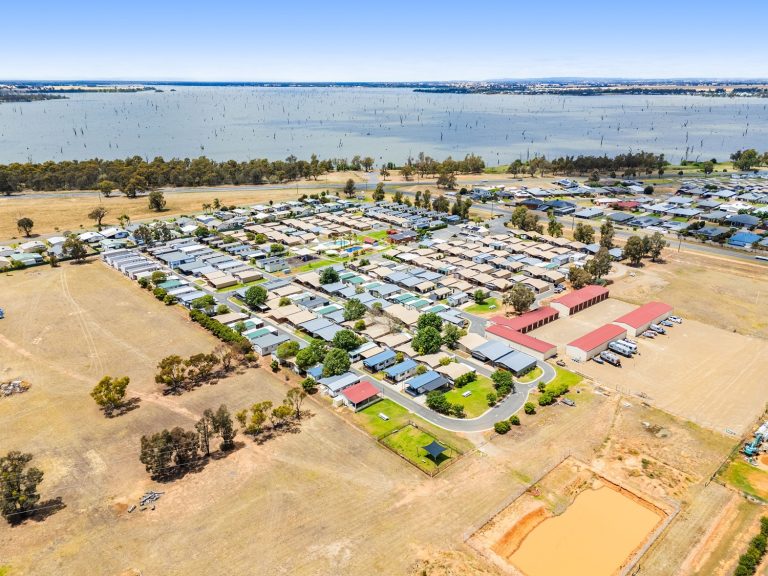Tips for negotiating your commercial property purchase

Negotiating the purchase of a commercial asset is tricky business, simply because there’s so much to consider – including how much to pay for the asset, whether the yield is commensurate with the wider market, whether the property has tenancy in place and the leasing terms.
To some potential buyers these considerations may be the cause of some anxiety, but for an expert negotiator they’re simply opportunities to negotiate a better purchase outcome.
Here’s a list of things to consider when tackling tricky negotiations and how you can use them to achieve more favourable purchase terms, which may include a lower price.
What’s the right commercial property for me?
This is the first question you should ask, with the answer dependent on your goals. Some commercial properties offer significant depreciation opportunities on plant and equipment, which many property owners use to offset taxable income. Other properties may offer strong returns and hence are purchased on the basis of rental income. Once you understand your investment requirement the search for a commercial property is much easier and allows for a more strategic approach to negotiations.
Historical performance
Before considering a commercial asset for purchase, always undertake independent research and investigate the historical performance of the asset and similar properties in the area. Look at the property’s performance over several years (if available) and assess its capital growth performance and yield. Are your findings consistent with the advertised yields? Discrepancy may give you room to negotiate.
Leasing
Analyse the leasing documentation to determine if there are any pending or outstanding lease renewals. Some leases may be nearing the end of their agreement, with the onus on you or your property manager to find new tenants or manage the renewal. Some tenancies, such as major supermarkets, underpin the success of an asset. This should be taken into consideration when reviewing lease documentation.
Furthermore, review the payment history of tenants and whether there are payments in arrears. This could indicate poor management and/or poor tenant quality, which may create difficulties for you when you take ownership of the asset. Negotiate with the current owner to collect or settle outstanding debt or account for this in the purchase price.
Rents
Is the rent commensurate with the market rate? It is important to set a fair and reasonable rent that reflects the sector, geographic area, size and fit-out of the property. If rents are out of step, does the agreement allow for a rental review or is the lease nearing completion in order for you to adjust it?
In some instances a tenant may pay a higher rent to the landlord in order to repay a fit-out funded by the landlord. If the tenant terminates the agreement or doesn’t renew the lease, does the lease protect the landlord and stipulate that the tenant must reimburse the landlord for the expense? A high rent may indicate that further investigation is needed to ensure you aren’t met with any surprises after settlement that may impact the asset’s ongoing viability.
Hidden costs
Are there any additional costs associated with the running and maintenance of the property as a result of the previous owner and or tenants that may impact your ownership and returns in the future? For example, is there site contamination, such as that from a service station, that may require environmentally conscious treatment or disposal at a significant expense to you? Consider these potential costs and negotiate the cost of the treatment or disposal into the contract or have the owner remove it prior to settlement. Alternatively, at the time of signing the lease agreement you may negotiate with the tenant to dispose of waste.
Fit-out
What is the condition of the existing fit-out of the property? If it’s in poor condition or in need of a new fit-out, is there provision for this in the lease agreement? It’s important to include terms regarding a new fit-out for an asset every few years to ensure the property is maintained to a quality standard. If a property is looking dated, review lease documentation to determine if a fit-out is included in the leasing terms and whether it has been enforced. Also, investigate whether the tenant has contributed funds to the fit-out, in which case part-ownership should be registered in the lease documentation.
These are just some of the things to consider before purchasing a commercial property, to ensure you buy an asset and not a liability.







